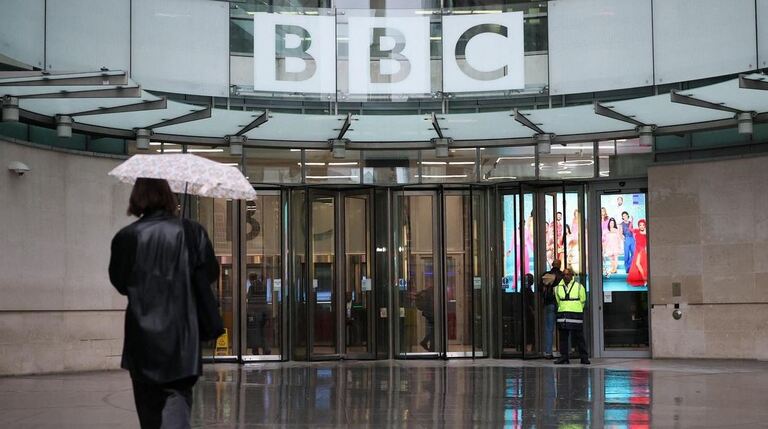
India’s economy, already grappling with several challenges, faces a new shock as the US imposes fresh sanctions on Russian oil producers and tankers. These sanctions are set to impact Indian imports of Russian oil, which have become a crucial source of energy, especially following the Ukraine war. The sanctions threaten to end the price discounts India has been receiving, which could further elevate inflation and dampen domestic consumption.
Currently, India imports a significant portion of its oil, with nearly 40% of it coming from Russia. This dependency has increased dramatically since the Ukraine conflict, with Russia’s share of Indian oil imports surging from 12% in 2021 to nearly 37.6% in 2024. The sanctions affect Russian oil producers like Gazprom Neft and Surgutneftegaz, along with 183 tankers that transport Russian oil. This could lead to a substantial reduction in Russian oil arriving in India, directly impacting refiners and the overall oil supply.
The situation is dire. India imports about 88% of its oil, and with Russia contributing a significant share, the sanctions pose a grave risk. Data shows that 75 out of the 183 sanctioned tankers have transported Russian oil to India in the past. In 2023, India consumed over 5.3 million barrels per day, with consumption expected to grow further. As Russian oil becomes harder to access due to these sanctions, India could face a shortfall of up to 500,000 barrels per day, severely disrupting supply chains and affecting the country’s energy security.
In the worst-case scenario, the end of Russian oil price discounts could further elevate the cost of crude. For India, which has been benefiting from significant discounts on Russian oil, this could spell disaster. Oil prices are predicted to rise above $85 per barrel in the short term, with some forecasts predicting prices could touch $90 per barrel. If the sanctions successfully reduce Russian output, the price hikes would be passed directly to consumers, exacerbating inflation and reducing overall consumption.
The situation could trigger a vicious cycle for the Indian economy. As inflation rises due to higher fuel costs, consumption—which has already been weak—could fall further. In response, the Reserve Bank of India (RBI) had planned to cut interest rates to stimulate growth. However, any increase in inflation due to higher oil prices would likely keep the RBI’s hands tied, preventing a rate cut and further exacerbating the slowdown.
To mitigate these risks, Indian refiners are already negotiating new contracts to diversify their oil sources. However, this may come at a cost. Moving away from Russian oil means foregoing discounts, which could impact refining margins. Spot purchases of Russian oil, which account for around 40-45% of India’s imports, will be particularly affected. The current discount on Russian crude is about $3 per barrel, and Indian refiners may now need to source oil from the Middle East at higher prices, further straining the economy.
The repercussions of the sanctions go beyond just oil supply disruptions. They could trigger a cascading effect on several sectors, especially those heavily dependent on oil and energy costs. The increase in oil prices could affect transportation, manufacturing, and logistics costs, thereby pushing up the price of goods and services across the board.
Moreover, the global oil market is already under strain due to a variety of factors. With sanctions tightening on Russia, there is a risk that global oil prices could rise even further. Major banks like Goldman Sachs have predicted that Brent crude prices could exceed $85 per barrel, and in a worst-case scenario, prices could reach $90 per barrel if Russian output decreases further and Iranian production also drops.
As the Biden administration intensifies sanctions on Russian oil, it places India in a precarious position. While India has other sources of oil, the shift away from Russian supplies will not be seamless. The discounts India has enjoyed for years will disappear, leading to higher costs across the economy. This, in turn, could fuel inflation and further hinder India’s economic recovery.
The impact of these sanctions on India’s economy could be profound, particularly for the lower and middle classes who are already facing rising costs of living. The potential for increased fuel prices will add another layer of pressure to the already-struggling Indian economy, which is dealing with sluggish GDP growth, a depreciating rupee, and weak corporate earnings.
In the face of these challenges, India will need to diversify its energy sources, strengthen its economic resilience, and address the inflationary pressures that are mounting as a result of higher oil prices. The current situation underscores the vulnerability of India’s economy to global geopolitical shifts and the interconnected nature of energy markets.
India’s ability to adapt to these new sanctions will determine how it navigates the coming months. But with the economic outlook already uncertain, these new developments add another layer of complexity to the country’s ongoing economic struggles.






